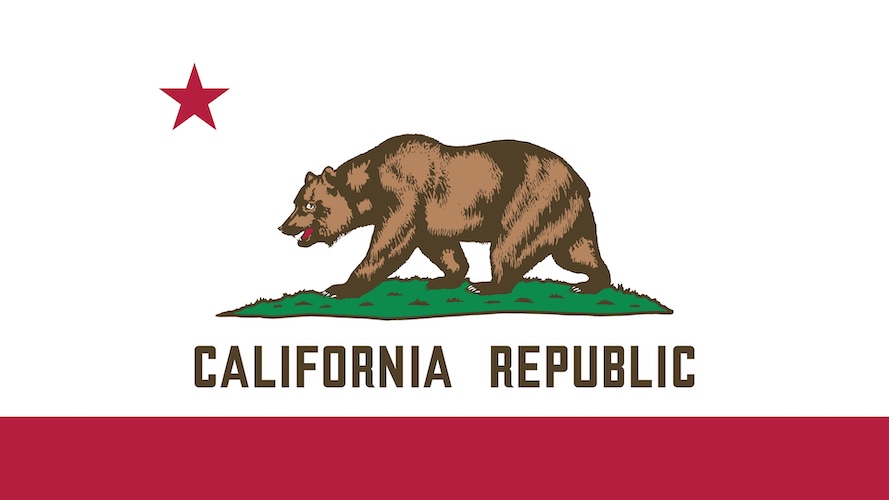Imagine a classroom alive with democratic energy, where students eagerly dive into learning because their voices matter, their choices have a genuine impact, and their contributions shape the entire educational experience. This vision becomes reality through learner agency—a transformative approach deeply grounded in democratic ideals. Embedding learner agency within California schools fosters engaged, self-directed learners equipped to contribute meaningfully to democratic life. Central to this practice are democratic values of equity, voice, inclusion, and collective responsibility. Teachers who embrace learner agency amplify students’ diverse strengths, cultural backgrounds, and unique perspectives, creating inclusive environments where democratic principles guide every educational decision.
Getting to Know the Revised California Teaching Standards
The California Standards for the Teaching Profession (CSTP) clearly outlines practices that elevate learner agency, promoting democratic participation and preparing students for active citizenship. These standards emphasize culturally responsive and sustaining education, reflecting California’s commitment to educational equity. By integrating culturally responsive practices, educators affirm students’ identities, respect their lived experiences, and build upon their cultural and linguistic assets. The revised CSTP encourages teachers to create learning environments where all students feel seen, valued, and empowered, fostering agency, engagement, and academic success.
Engaging and Supporting All Students in Learning (CSTP 1)
- Choice Boards: Enable students to democratically select tasks that align with personal interests, strengths, and cultural identities, cultivating autonomy and inclusivity.
- Inquiry-Based Projects: Foster democratic dialogue as students collaboratively develop inquiry questions, investigate real-world problems, and present their discoveries to authentic audiences, promoting critical thinking and civic engagement.
Creating and Maintaining Effective Environments for Student Learning (CSTP 2)
- Student-Led Norms: Collaboratively establish classroom expectations through democratic discussions, fostering a sense of collective responsibility, mutual respect, and cultural understanding.
- Flexible Learning Spaces: Create adaptable environments where students democratically choose seating arrangements and learning zones, affirming their individual needs, cultural practices, and preferred ways of learning.
Understanding and Organizing Subject Matter for Student Learning (CSTP 3)
- Personalized Learning Pathways: Develop curriculum that democratically accommodates diverse entry points and personalized pacing, emphasizing deliberate practice and targeted feedback inspired by John Hattie’s research on impactful learning.
- Culturally Responsive Content: Curate curriculum materials and experiences that authentically represent students’ diverse identities and experiences, promoting democratic inclusivity, relevance, and active participation.
Planning Instruction and Designing Learning Experiences for All Students (CSTP 4)
- Co-Constructed Learning Goals: Involve students collaboratively in setting goals and defining success criteria, aligning learning targets with cultural values and encouraging reflective, self-directed learning.
- Interdisciplinary Projects: Develop real-world interdisciplinary projects that democratically leverage students’ cultural knowledge, fostering deeper connections and civic relevance.
- Student-Led Conferences: Encourage quality, academic discourse through student-led conferences, where learners present and reflect on their growth, actively engaging families in their educational journey.
- Collaborative Lesson Design: Facilitate democratic participation by involving students in designing lessons and instructional activities, ensuring content is culturally meaningful and engaging.
Assessing Students for Learning (CSTP 5)
- Student Portfolios: Foster self-assessment by supporting students in creating portfolios showcasing reflections, learning achievements, and personal growth, affirming their cultural and individual identities.
- Peer Feedback Protocols: Utilize structured, peer feedback to develop critical reflective skills, mutual respect, and inclusive learning communities.
- Reflective Journals: Provide opportunities for students to regularly engage in reflective journaling, documenting experiences, challenges, and successes to encourage ongoing self-assessment and democratic engagement in their learning.
- Goal Setting and Progress Tracking: Guide students democratically through setting and tracking goals, engaging them in deliberate practice, reflective evaluation, and adjustments, building intrinsic motivation and democratic accountability.
Developing as a Professional Educator (CSTP 6)
- Reflective Practice Groups: Regularly participate in collaborative reflective groups to analyze student work, enhancing culturally responsive teaching practices and learner agency (Bloomberg & Pitchford, 2023)
- Professional Collaborative Inquiry Cycles: Engage systematically in inquiry cycles explicitly focused on learner agency, implementing evidence-based democratic pedagogies that leverage students’ strengths and cultural contexts (Bloomberg & Pitchford, 2023).
Democracy and Learner Agency—An Essential Partnership
Democracy and learner agency inherently reinforce each other. Learner agency nurtures democratic competencies such as critical thinking, dialogue, and collective decision-making, essential for participatory citizenship. Research underscores that when students actively engage in their education through democratic practices like choice-based learning and reflective assessments, they become more invested, motivated, and effective learners (Hattie, 2012; Freire, 1970).
Practically, when classrooms operate democratically—through co-created norms, culturally responsive practices, and student-led conferences—students experience firsthand the power of their voice and choice, building the skills and dispositions necessary for a democratic society. Let’s commit together to intentionally fostering democratic classrooms that empower learners, not only academically but as proactive citizens who shape their educational journeys and the world around them.
Learn more about advancing learner agency by visiting our Impact Team Resource Hub!
References:
Bloomberg, P. & Pitchford, B. (2023). Leading impact teams: building a culture of efficacy and agency. Mimi & Todd Press.
Hattie, J. (2012). Visible learning for teachers: Maximizing impact on learning. Routledge.
Freire, P. (1970). Pedagogy of the oppressed. Continuum.


